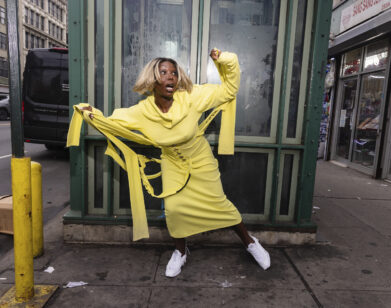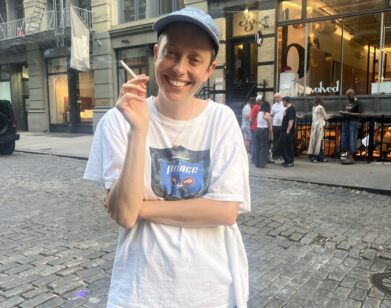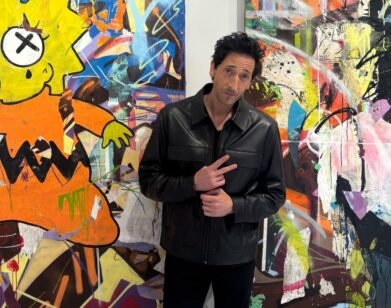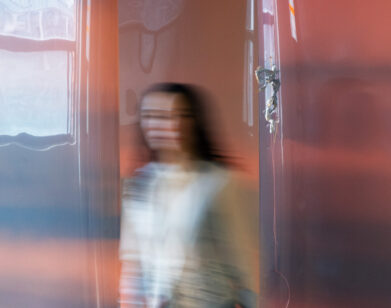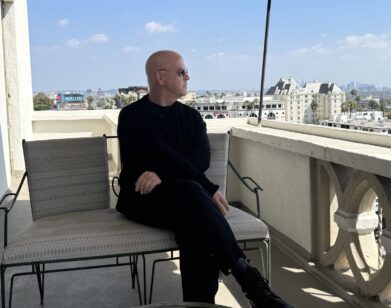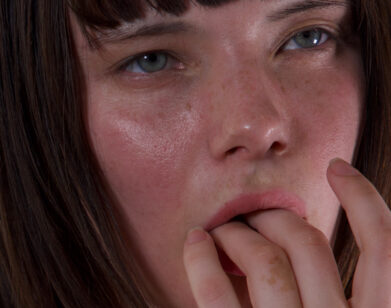Paging: Andy Warhol’s Ladies and Gentlemen
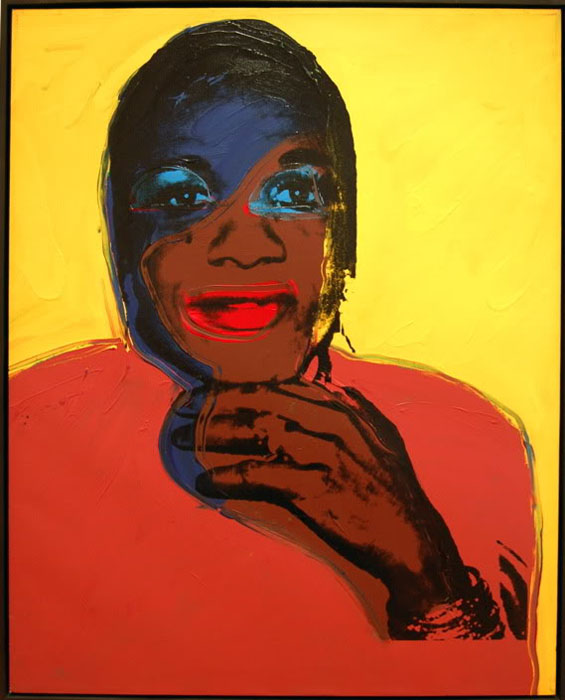
In 1975, future Interview editor Bob Colacello went to a club called The Gilded Grape in the no-man’s land of Eighth Avenue and West 45th Street in search of drag queens to model for “a friend” for 50 bucks. That the friend was Andy Warhol was not part of the conversation. The next time Colacello saw the models, they told him to tell his friend that they’d do a lot more for 50 dollars.
The resulting works—a series titled “Ladies and Gentlemen,” or simply the “Drag Queen Paintings”—were first exhibited by Ferrara at the Palazzo di Diamente in Italy, and reviewed by Italian filmmaker and poet Pier Paulo Pasolini, a man not unfamiliar with transvestites and prostitutes. Pasolini’s strange and insightful review makes up the introduction to Skarstedt Gallery’s monograph, Andy Warhol Ladies & Gentlemen, published after the Uptown gallery’s 2009 exhibition of the drawings and paintings.
Unlike the bulk of Warhol’s celebrated, high-paying subjects during the 1980s, the drag queens were anonymous and unknown, selected at random and paid for their Polaroid photos. Though their images—harlequin-lipsticked smiles and long, spidery lashes—are not so different from those of their more famous counterparts, Pasolini sees their proud, feminine poses as “the grimace of the victim.” Adding to the silkscreens with bright paint, applied in unusually heavy brushstrokes, Warhol seems to exaggerate his subjects’ notional femininity, while adding to the mask they’ve created for themselves. Glamour becomes a defense mechanism.
Pasolini was allegedly murdered by a young male prostitute, just one month after he wrote his review of Ladies and Gentlemen. And though it is unclear whether the two ever met, Pasolini may have indirectly inspired Warhol, twice. In Pasolini’s 1968 film Teorama, an artist urinates on his paintings, about ten years before Warhol would make his famous “Piss Paintings.” According to Bob Colacello, the 1977 Hammer and Sickle series was conceived when Warhol noted how many Italian journalists asked him if he was a Communist—a question Pasolini seems to already know the answer to—and said, “Maybe I should do real Communist paintings next.”

